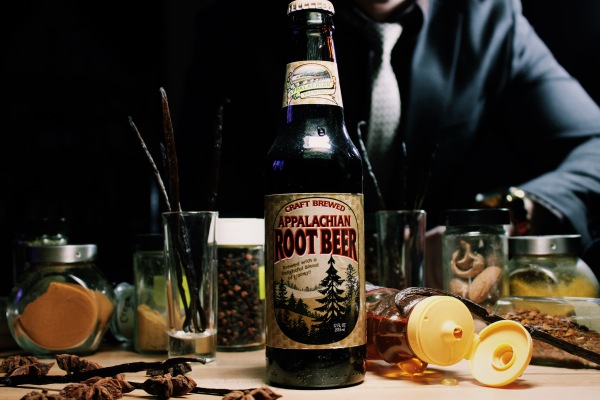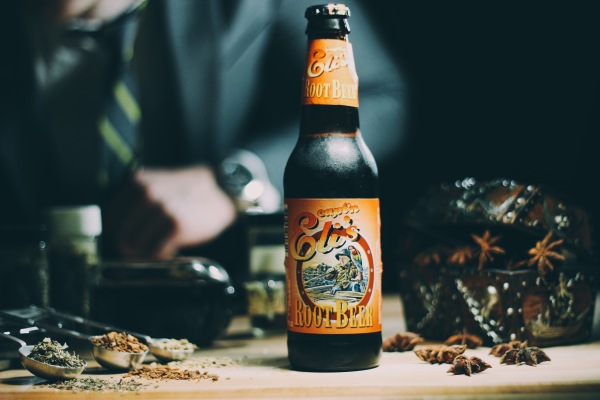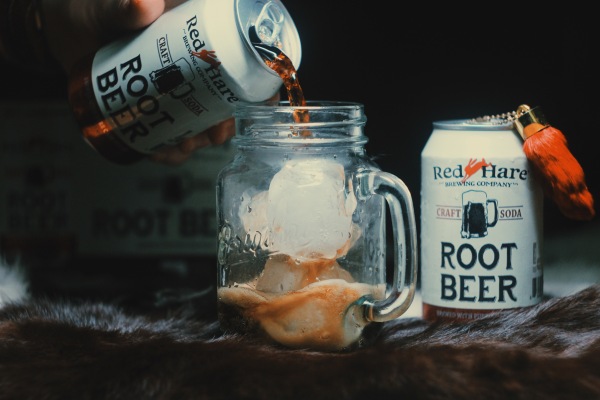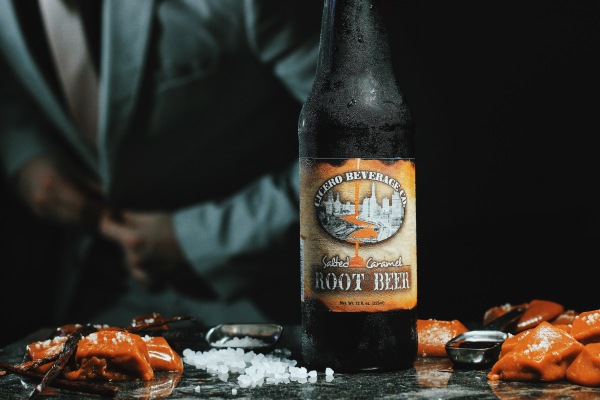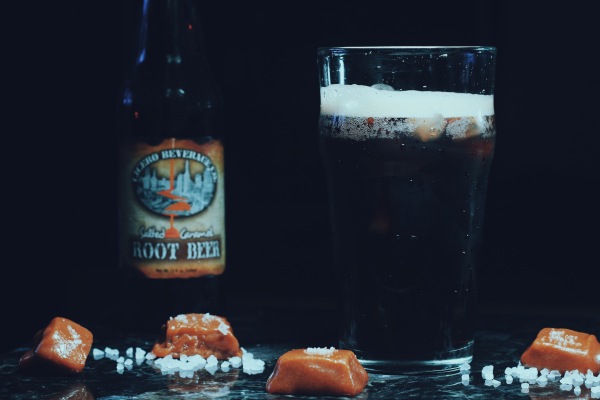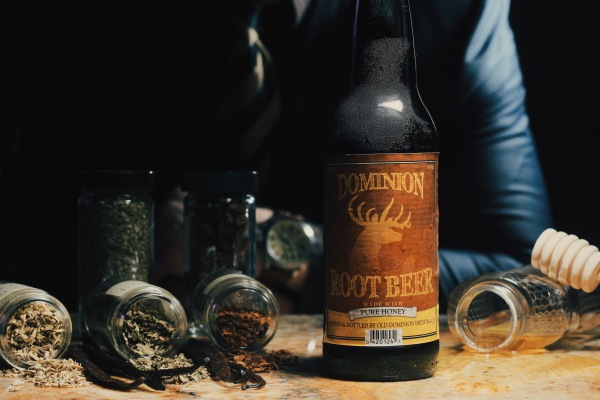History: You know you’re doing something right when everyone knows you as a beer place, but you secretly make more money off of your craft soda sales. That’s what happened with Appalachian Brewing Company in Harrisburg, Pennsylvania. Appalachian Brewing Company’s Brewmaster Artie Tafoya says “It was due to the demand. People wanted to buy it. It just ended up turning into a bigger deal.” On paper that’s a pretty impressive feat considering the brewery produces around 15 beers at a time depending on the season and just four bottled craft sodas. Like most in the craft soda business, their signature soda is their homemade root beer, something Tafoya experimented with initially as a family-friendly alternative to the hard stuff. When asked what sets Appalachian Brewing’s root beer apart from a plethora of others, Tafoya said he believes several ingredients stick out including: pure Appalachian spring water, cane sugar, mexican vanilla bean extract, and clover honey. The clover honey is a signature ingredient in several of the company’s craft sodas. It’s a recipe designed to taste like “old fashioned root beer,” Tafoya says. The brewery has been around nearly two decades and will celebrate its 20th anniversary in 2017. And while it’s not much of a secret anymore that Appalachian Brewing Company is as much of a player in craft soda as it is in beer, the company’s dedication is what will keep it at the forefront of both industries in the years to come. “I’ll spend any amount of money to make it,” Tafoya says of his products. That’s a formula for good liquid.
Buy: Due to freezing temperatures in the northeast over the winter, your best bet for placing an order is by contacting the company directly.
Nose: Classic root beer with a vanilla-forward scent and a touch of spearmint. When you’ve tried as many sodas as we have, you can tell that this also smells like it’s going to taste creamy.
Taste: Mint; birch bark; sarsaparilla root; vanilla; mild creaminess. When you think of old time root beers that relied heavily on botanical flavors and mint vs. modern root beers that are all vanilla and very creamy, this definitely leans towards those of yesteryear. Right away you taste a big minty influence, more wintergreen than spearmint. Not spicy, but really permeates the nose. Next there’s a 1-2 combo of sarsaparilla root and birch bark that give the root beer a signature throwback flavor, the kind you used to taste at medieval fairs as a kid. What? You didn’t go to any medieval fairs as a kid? That was just me? Man, you missed out. But there’s also a subtle creaminess to this. It’s not as hard-hitting on the vanilla as most modern root beer recipes, but there’s enough of it for you to taste. As far as the honey, that really comes in on the finish. This is a nuanced, full-bodied root beer with a nice old school flavor.
Finish: Tangy sarsaparilla and mild vanilla flavors that fade into noticeable honey. The more you drink this, the more pronounced the honey becomes.
Rating: It’s refreshing to see a modern company creating a root beer that tastes like it was imported from the past. Appalachian Brewing Company’s Root Beer is bold and layered with big notes of wintergreen mint, sarsaparilla root, and birch. It feels like something you should should drink out of a silver chalice in the woods while wearing flannel and blue jeans. Maybe something to quench your thirst with after chopping down a tree. I also appreciate the mild use of vanilla and honey that make this root beer a lot more approachable for soda hounds who aren’t fans of the more earthy flavors. This drinks easily and is very crisp on the tongue, giving it a pleasant mouth feel. I personally like a little bit more vanilla in my root beers, but I think Appalachian Brewing is really catering to a part of the root beer crowd that feels like their favorite recipes have fallen by the wayside. This is a callback to simpler times and bolder soda. I wouldn’t hesitate to try this if you get the chance.

